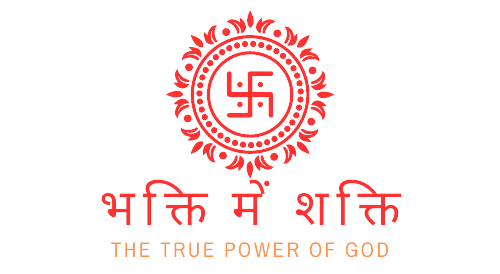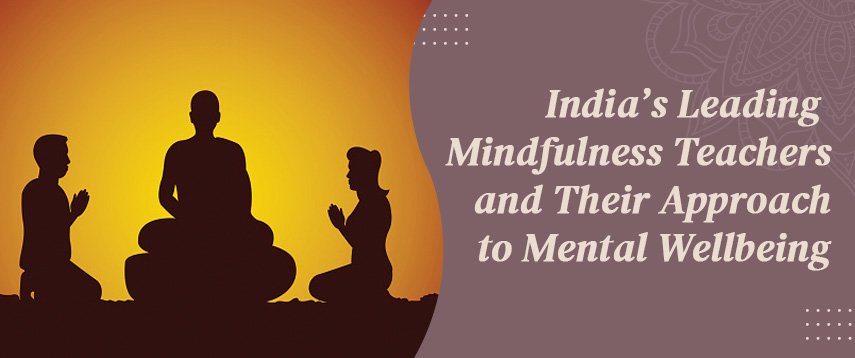Explore how India’s leading teachers are transforming mental wellbeing through unique practices rooted in ancient wisdom and modern science. This blog highlights their inspiring journeys, teaching styles, and how mindfulness can bring clarity, calm, and emotional balance in today’s fast-paced world.
In today’s fast-paced world, mindfulness has become a critical tool for enhancing mental health and emotional resilience. Rooted in ancient meditation practices, mindfulness involves focusing on the present moment and observing thoughts, emotions, and bodily sensations without judgment. Learning from a qualified mindfulness teachers can guide beginners through proper techniques and ensure a safe and effective practice.
India, with its rich spiritual heritage, has produced some of the world’s most respected mindfulness coaches. In this article, we explore India’s leading Indian mindfulness gurus who have not only mastered the art of mindfulness but have also made it accessible for modern mental well-being.
In this article, we’ll explore the lives, teachings, and methods of top meditation teachers, each contributing uniquely to mental wellbeing.
1. Sadhguru Jaggi Vasudev: Consciousness and Inner Engineering
Sadhguru, the founder of the Isha Foundation, is one of India’s leading mindfulness teachers and a celebrated meditation teacher. His teachings revolve around enhancing human consciousness, using mindfulness as a tool to achieve mental clarity, emotional balance, and spiritual growth.
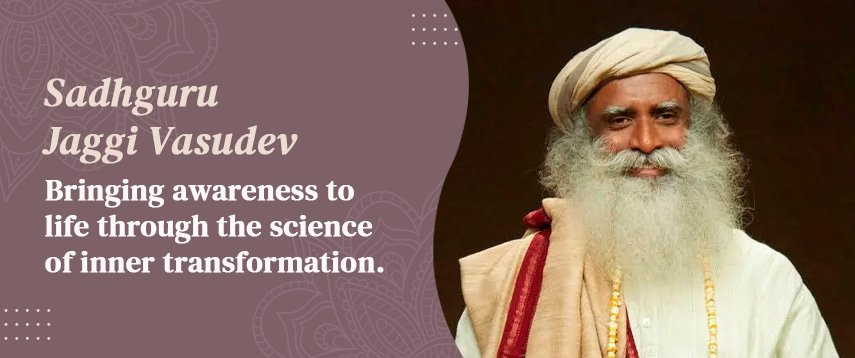
Approach to Mental Wellbeing:
Sadhguru’s flagship program, Inner Engineering, integrates mindfulness through meditative practices that help individuals navigate their mental landscapes, guided by a renowned Indian mindfulness guru. Alongside Inner Engineering, novices may find our How to Start a Meditation Practice guide a helpful resource to begin their journey into mindfulness and meditation.According to Sadhguru, this state of inner stillness leads to profound mental wellbeing by reducing stress, anxiety, and confusion.
Key Techniques:
- Shambhavi Mahamudra Kriya: A powerful meditation that balances mind and body energies.A powerful meditation that balances mind and body energies. Guided by a skilled meditation teacher,
- Daily Sadhana (Practice): Involves sitting quietly and observing one’s thoughts and emotions without reacting, cultivating mental calmness.
2. Sri Sri Ravi Shankar: Breathing for Emotional Balance
Founder of the Art of Living Foundation, Sri Sri Ravi Shankar, a mindfulness coach, is celebrated as an Indian meditation guru and a renowned meditation teacher for his work in promoting mental wellbeing through mindfulness and breathwork. He emphasizes that conscious breathing plays an essential role in regulating emotions and managing mental health, making guidance from a skilled mindfulness teachers invaluable.
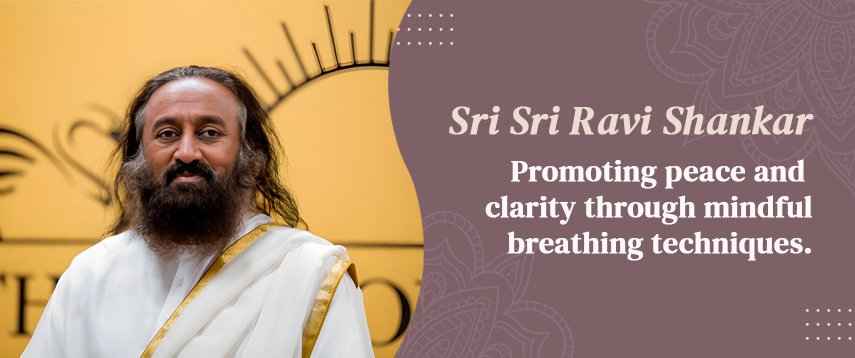
Approach to Mental Wellbeing:
His mindfulness approach is based on the concept that breath is the link between body and mind. As a renowned Indian mindfulness guru, his famous Sudarshan Kriya technique involves rhythmic breathing patterns designed to release stress, detoxify the body, and bring mental clarity.
Key Techniques:
- Sudarshan Kriya: A breathing technique that promotes emotional stability and reduces anxiety.
- Guided Meditations: Simple yet effective practices that encourage mindfulness of breath, leading to emotional balance.
3. Dr. Deepak Chopra: Integrating Mindfulness with Science
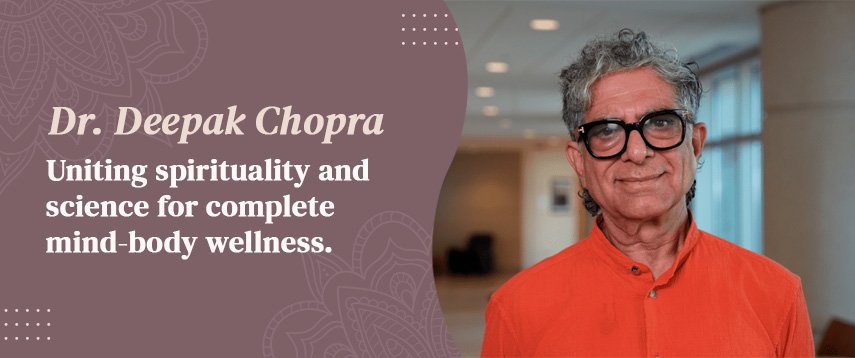
An internationally recognized figure, Dr. Deepak Chopra blends mindfulness with modern scientific understanding of health and wellbeing. His approach connects the mind and body, with mindfulness serving as the gateway to self-healing and emotional regulation. Learning from an experienced Indian mindfulness guru or other skilled mindfulness teachers can help individuals apply these practices effectively in daily life.
Approach to Mental Wellbeing:
Chopra’s mindfulness teachings emphasize self-awareness as a foundation for mental health. As a skilled meditation teacher, he guides individuals to practice present-moment awareness, helping them gain control over their thoughts and emotions, preventing mental overload and anxiety. He promotes regular meditation to unlock the body’s natural ability to heal and thrive, enhancing both physical and mental health.
Key Techniques:
- Primordial Sound Meditation: A mantra-based meditation that promotes inner calm and mental clarity.
- Mind-Body Healing Practices: These include guided visualizations and mindfulness exercises for stress relief and emotional balance, often led by skilled mindfulness teachers.
4. Eckhart Tolle: The Power of Now
Though not Indian by birth, Eckhart Tolle’s teachings have deeply influenced mindfulness practitioners across India. His book, The Power of Now, revolutionized how individuals perceive mindfulness and its impact on mental health. His ideas are often referenced by many of India’s leading Indian mindfulness guru.
Approach to Mental Wellbeing:
Eckhart Tolle, a well-known mindfulness coach, advocates for living fully in the present moment, emphasizing that mental suffering often arises from being stuck in past regrets or future anxieties. He encourages individuals to identify from their mind’s narrative, cultivating freedom from stress and emotional turmoil with guidance from a skilled mindfulness teachers.
Key Techniques:
- Mindful Observation: Watching the flow of thoughts and emotions without reacting to them, as guided by a skilled meditation teacher.
- Living in the Now: Focusing completely on the present moment as a means to dissolve mental tension.
- Eckhart Tolle’s: Guidance emphasizes present-moment living as the key to emotional freedom.
5. Thich Nhat Hanh: Mindfulness as a Way of Life
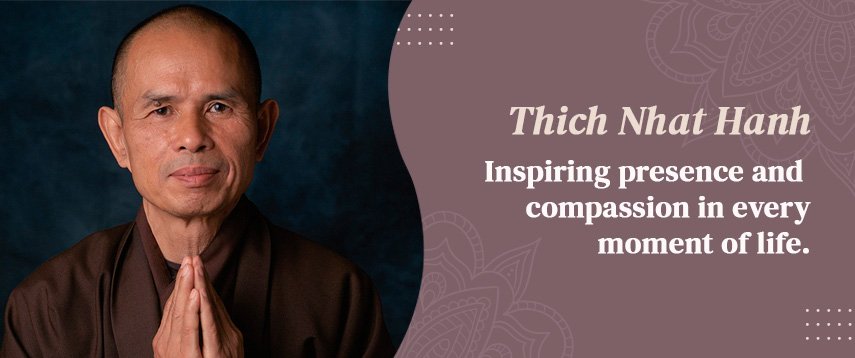
A renowned Buddhist monk, Thich Nhat Hanh’s teachings on mindfulness have reached across India and influenced many practitioners. As a respected teacher, he believes mindfulness is not just a practice but a way of life that can be applied to every activity, guided by a skilled Indian mindfulness guru.
Approach to Mental Wellbeing:
Thich Nhat Hanh focuses on engaged mindfulness, where every action is performed with total awareness. His mindfulness teachings are especially useful for reducing stress and improving mental clarity. His method encourages being fully present, using deep breathing and gentle awareness as tools to experience peace amidst life’s chaos, guided by a skilled mindfulness teachers.
Key Techniques:
- Walking Meditation: A practice of walking slowly and deliberately, fully focusing on each step and breath.
- Mindful Eating: Consuming food with complete attention to taste, texture, and experience promotes a deep sense of gratitude and wellbeing. As a meditation teacher, he has brought Mindful Eating into mainstream mindfulness practices in India.
6. Gaur Gopal Das: Mindfulness for Daily Living
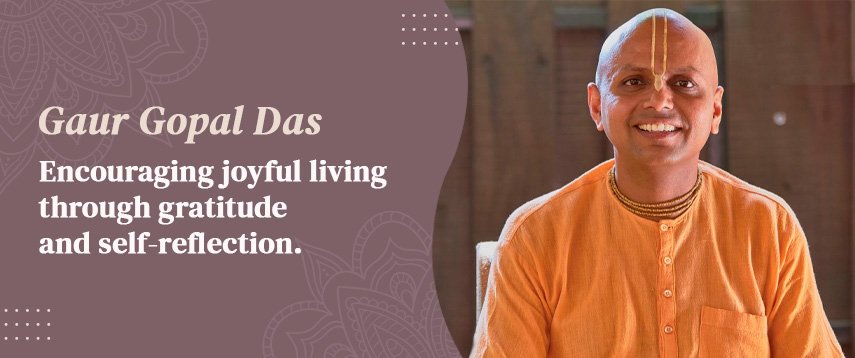
Gaur Gopal Das, an Indian lifestyle coach and monk, combines ancient mindfulness teachings with modern wisdom to help individuals improve their mental wellbeing. As a respected teacher, his humorous yet profound talks on mindfulness have made him a popular figure across India, offering guidance from an experienced Indian mindfulness guru.
Approach to Mental Wellbeing:
Gaur Gopal Das emphasizes that mindfulness is key to maintaining emotional balance and mental resilience. As a dedicated meditation teacher, he encourages people to practice mindfulness during everyday activities, suggesting that true mental wellbeing comes from how we handle daily challenges and interactions. His teachings focus on observing one’s thoughts and reactions, guided by an experienced mindfulness teachers, allowing for more thoughtful and balanced decisions.
Key Techniques:
- Mindful Reflection: Pausing to observe thoughts and reactions before responding to life situations.
- Mindfulness in Action: Practicing mindfulness during daily activities, such as conversations and work tasks.
- Gaur Gopal Das continually inspires younger generations with relatable insights and practical advice rooted in ancient wisdom.
7. Osho: Mindfulness through Dynamic Meditation
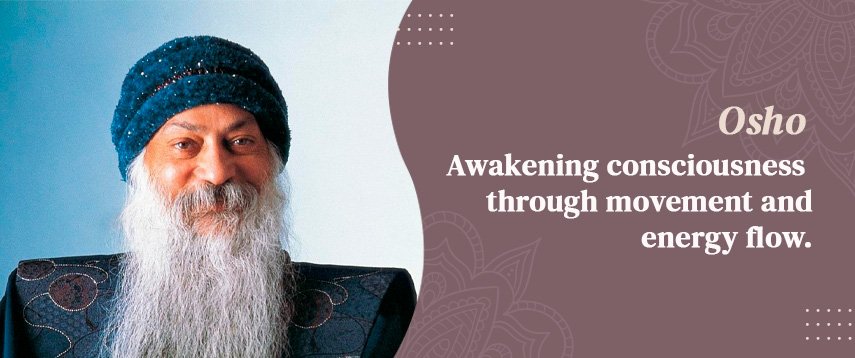
Osho, a controversial but highly influential spiritual teacher, introduced a unique form of mindfulness called Dynamic Meditation. Unlike traditional practices, Osho’s method involves intense physical activity followed by silent mindfulness, guided by a skilled Indian mindfulness guru.
Approach to Mental Wellbeing:
Osho believed that modern individuals are often too restless for passive forms of meditation. As a renowned teacher, his Dynamic Meditation involves releasing pent-up emotions and energy through movement and sound, followed by a period of quiet mindfulness. This cathartic approach helps in clearing mental clutter, releasing stress, and ultimately reaching a state of inner stillness, guided by skilled mindfulness teachers.
Key Techniques:
- Dynamic Meditation: A five-stage process of chaotic breathing, emotional expression, physical movement, silence, and celebration to reach mindfulness.
- Emotional Release: Using active meditation to clear mental and emotional blockages, fostering mental clarity and peace.
8. BK Shivani: Mindfulness through Rajyoga
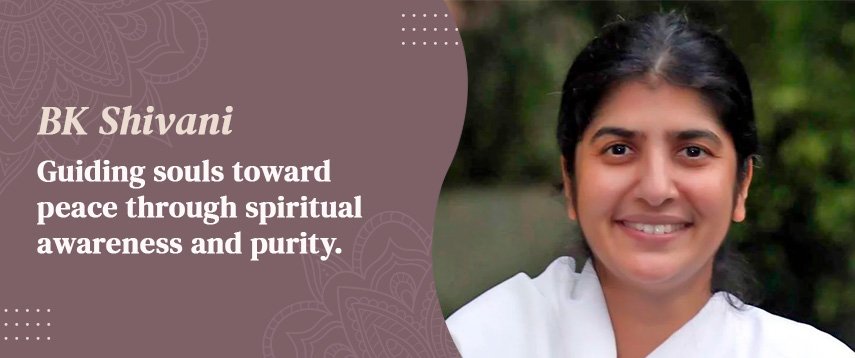
BK Shivani is a teacher of Rajyoga Meditation, a form of mindfulness deeply connected to understanding one’s soul and inner powers. As a teacher with the Brahma Kumaris, she has simplified mindfulness for mental wellbeing in everyday life, guided by an experienced Indian mindfulness guru.
Approach to Mental Wellbeing:
BK Shivani’s mindfulness practice revolves around the connection between thoughts and energy. She teaches that negative thoughts drain mental energy and lead to stress and anxiety. Her practice of Rajyoga Meditation empowers individuals to create positive thought patterns that enhance mental resilience, self-confidence, and peace, guided by a skilled mindfulness teachers.
Key Techniques:
- Rajyoga Meditation: A form of meditation that focuses on soul consciousness and, guided by a meditation teacher, positive thinking.
- Thought Management: Practicing mindfulness of thoughts to cultivate positive emotions and eliminate mental stress.
Final Thoughts
India’s leading mindfulness teachers have transformed the ancient practice of mindfulness into modern approaches that address the mental wellbeing challenges of today’s world. Whether through conscious breathing, emotional release, or present-moment awareness, these top meditation teachers have created pathways to mental clarity, emotional stability, and inner peace.
By embracing their teachings—from Sudarshan Kriya benefits to Rajyoga Meditation, from Mindful Eating to the insights of Eckhart Tolle and Gaur Gopal Das—individuals can reduce stress, manage anxiety, and build emotional resilience, leading to an enhanced state of mental wellbeing. Mindfulness is not just a tool for surviving modern-day pressures but for thriving mentally and emotionally, guided by an Indian meditation guru.
Frequently Asked Questions
-
Who are some of the leading Indian mindfulness gurus in India?
Notable names include Sri Sri Ravi Shankar, Sadhguru, BK Shivani, Gaur Gopal Das, and Dr. Shambhavi Chopra. Eckhart Tolle and Thich Nhat Hanh also have a strong influence in India.
-
What makes Indian mindfulness teachers unique?
They blend ancient practices like Rajyoga meditation, Sudarshan Kriya, and yoga with modern psychology—offering a holistic approach to wellbeing.
-
How do these Indian mindfulness gurus define mindfulness?
Mindfulness is often defined as being fully present and aware in the moment—free from judgment, distraction, or emotional reaction.
-
Which techniques do Indian mindfulness teachers commonly use?
They use breathwork, Sudarshan Kriya, Rajyoga meditation, chanting, and Mindful Eating to deepen awareness
-
Can beginners follow the teachings of these Indian mindfulness gurus?
Yes, most offer beginner-friendly guidance—Gaur Gopal Das and others often simplify mindfulness for all.
-
Do these mindfulness practices guided by an Indian mindfulness teacher help with anxiety and depression?
Yes. Practices like Rajyoga meditation and Sudarshan Kriya are known to reduce stress and improve emotional health.
-
Are these teachings religious or spiritual according to Indian mindfulness gurus?
They are spiritual but not tied to any religion, making them accessible to all—including fans of Eckhart Tolle.
-
Where can I learn from these mindfulness teachers?
You can access free sessions, workshops, and apps from centers like Isha Foundation, Art of Living, and Brahma Kumaris.
-
How long does it take to see the benefits of mindfulness according to Indian mindfulness gurus?
With just 10–15 minutes daily, practices like Mindful Eating and meditation can show results in a few weeks.
-
Can I combine teachings from multiple mindfulness teachers?
Absolutely. Many blend insights from India’s leading teachers and global voices like Eckhart Tolle.
